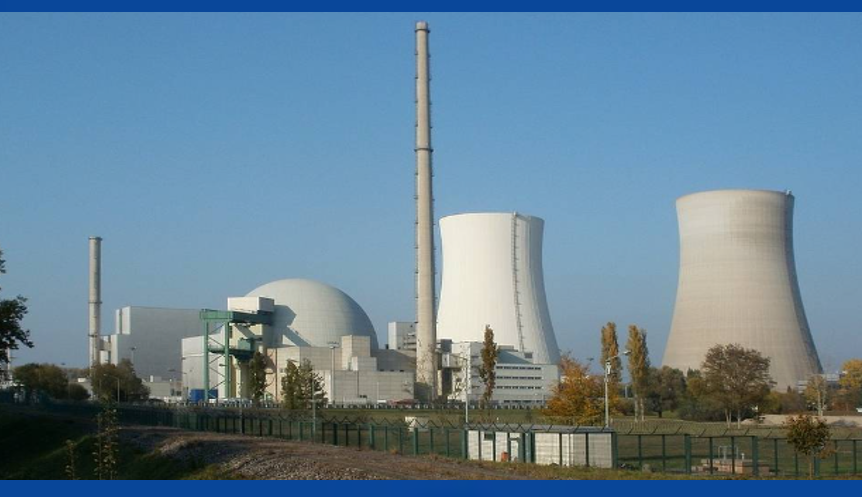In a significant move to bolster its clean energy infrastructure, China has approved the construction of 10 new nuclear power units, with a projected investment of approximately $27 billion. This initiative underscores China’s commitment to enhancing its nuclear energy capacity as part of its broader strategy to reduce carbon emissions and meet escalating electricity demands.
Strategic Deployment Across Coastal Regions
The newly approved nuclear projects are strategically distributed across several coastal provinces, including Jiangsu, Shandong, Guangdong, Zhejiang, and the Guangxi Zhuang Autonomous Region. These locations are chosen to optimize energy distribution and support industrial hubs that are pivotal to China’s economic landscape.
Technological Advancements and Environmental Impact
The upcoming reactors will incorporate China’s self-developed third- and fourth-generation nuclear technologies, such as the Hualong One and CAP1000 designs. For instance, the Xuwei project in Jiangsu Province aims to integrate high-temperature gas-cooled reactors with pressurized water reactors, marking a global first. This facility is expected to produce 32.5 million tons of industrial steam annually and generate over 11.5 billion kilowatt-hours of electricity, thereby reducing coal consumption by 7.26 million tons and cutting carbon dioxide emissions by 19.6 million tons.
Economic and Industrial Implications
The approval of these nuclear projects is anticipated to stimulate significant economic activity, including job creation in construction, engineering, and operations. Moreover, the integration of advanced nuclear technologies is expected to enhance the efficiency and safety of China’s energy production, aligning with global standards.
Challenges and Considerations
Despite the optimistic outlook, several challenges accompany this ambitious expansion. The nuclear industry faces a shortage of skilled professionals, with estimates indicating a need for up to 6,000 specialists annually over the next decade. Additionally, public perception remains a critical factor; past incidents, such as the Fukushima disaster, have heightened safety concerns among communities near proposed nuclear sites.
Conclusion
China’s approval of 10 new nuclear power units represents a pivotal step in its transition toward a low-carbon energy future. While the path forward includes addressing workforce and public perception challenges, the strategic deployment of advanced nuclear technologies positions China to meet its growing energy needs sustainably.
For more detailed information, refer to the original reports by Bloomberg and Global Times. (Bloomberg) (Global Times)
Emission Facts: Nuclear energy produces about 10 grams of carbon dioxide per kilowatt hour, compared to about 500 for fossil gas and 1000 for coal.
While nuclear power plants themselves don’t directly produce air pollution like fossil fuel plants, they do contribute to pollution through the production of radioactive waste and thermal pollution. Nuclear energy doesn’t emit greenhouse gases during operation, making it a cleaner alternative to fossil fuels in terms of air pollution. However, the handling and disposal of radioactive waste, and the potential for accidents, pose significant environmental risks.
